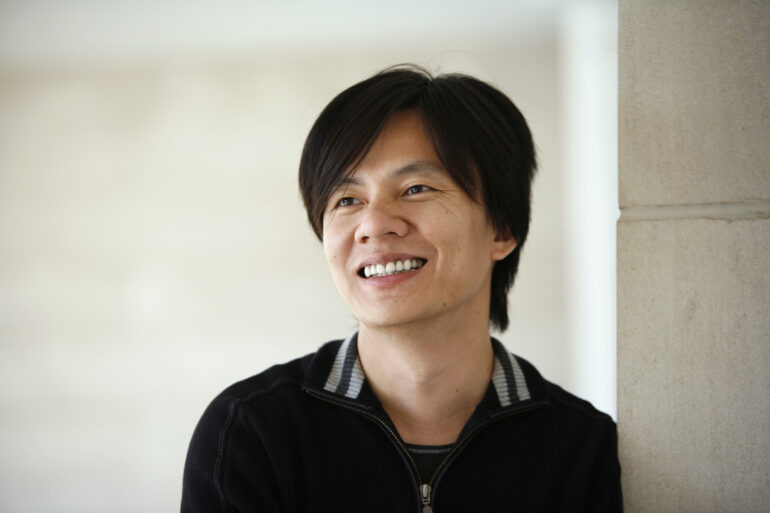If an aeronautical engineer wants to make sure a plane stays steady in the air, she might first build a computational model, feeding into it variables such as information about the plane’s weight or the thrust that can be achieved, together with the laws of aerodynamics, which account for how a plane moves through the air.
She can then build a controller — a program designed to monitor and regulate the system. In this case, the system is the airplane and the surrounding atmosphere. The controller receives information from sensors on the plane, and then continuously and fully automatically makes necessary adjustments to meet a goal. If the plane is pitching down, the controller compensates, directing the plane to pull up its nose.
A biological system might be understood in the same way: a brain might be modeled by its neural connections the speed at which neurons fire. And there are controllers. Hormones are released according to brain states in order to meet a goal (such as the release of cortisol to manage blood pressure).

Can systems engineers, then, use control theory to better understand the workings of the brain?
Not in the traditional sense, according to Shen Zeng, assistant professor of electrical & systems engineering in the McKelvey School of Engineering at Washington University in St. Louis.
“Such a task is feasible if your system is not too complicated,” Zeng said. But a biological system such a brain or a cell is complicated. Even if it could be reproduced as a model, that model would be too big and too complicated to design a feedback control system.

Zeng and Jr-Shin Li, professor of electrical & systems engineering, have been developing a new, data- and computationally-driven method to understand and bring under control more complex systems. They have recently received a $488,811 grant from the National Science Foundation for projects focused on the analyzing and controlling aspects in the dynamics of the brain and cancer cells populations.